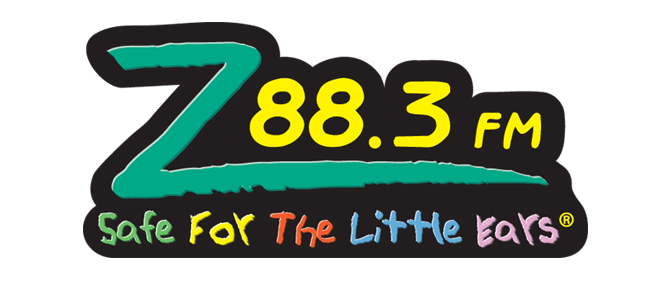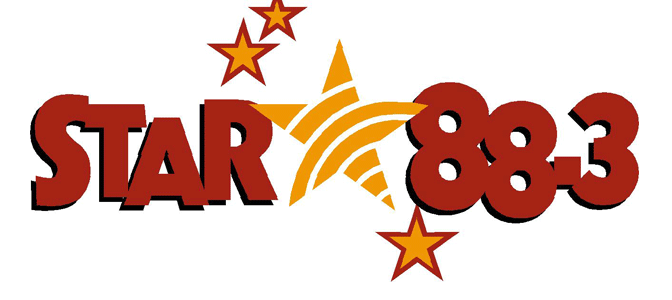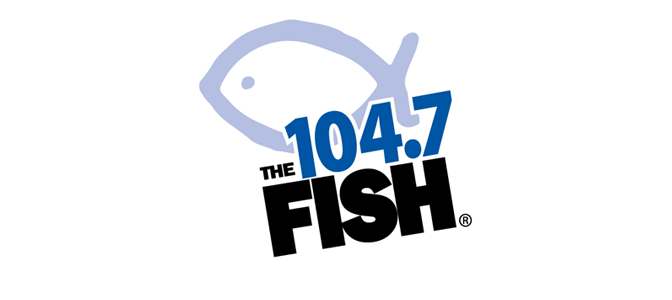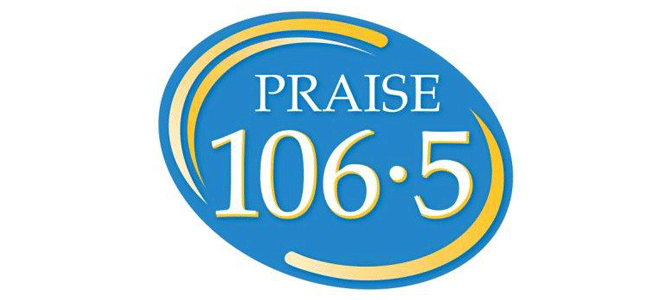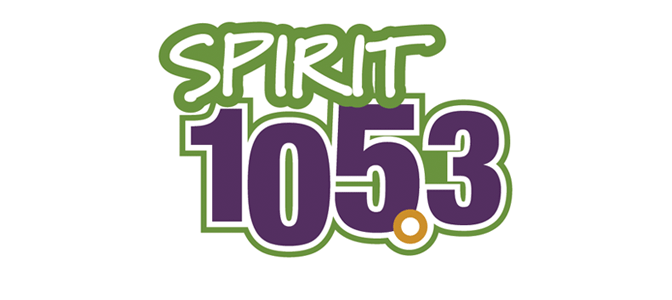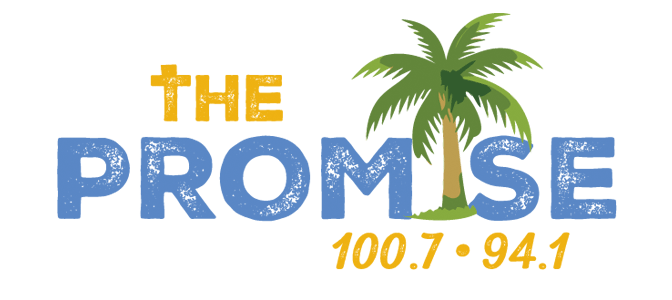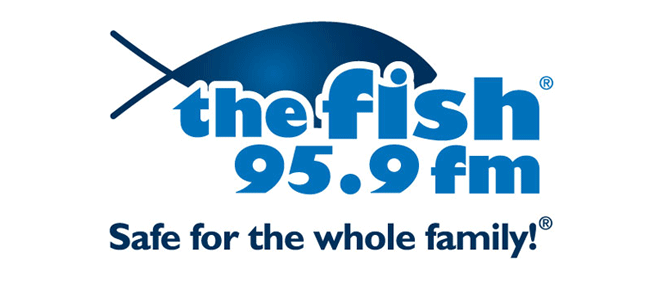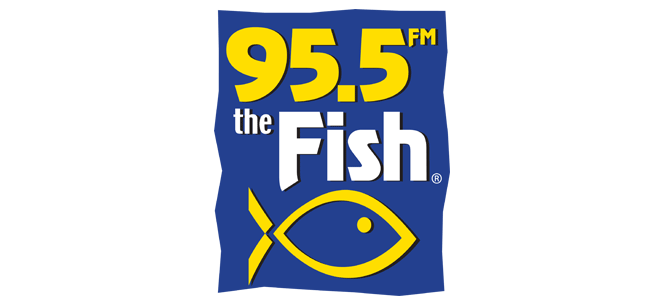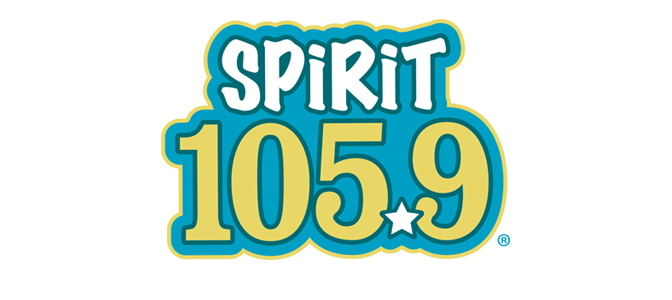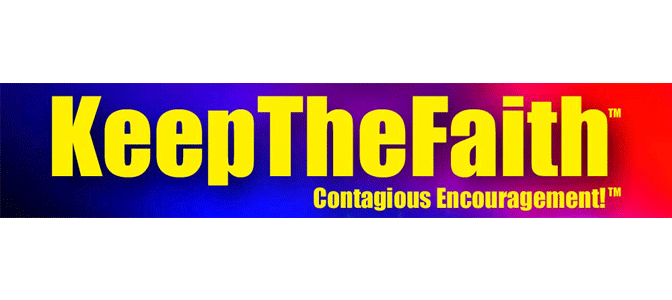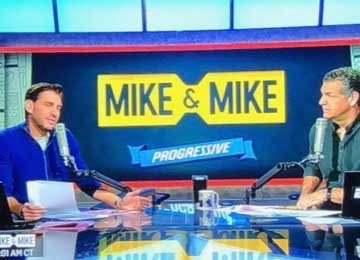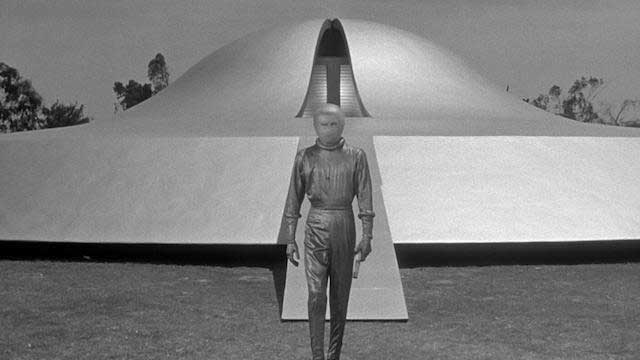In the last tip, I talked about learning something about you each day, and how essential that “reveal” is to becoming a three-dimensional personality to the listener. Here’s a deeper look at it:
You should reveal something about yourself EVERY day, but not with an agenda.
Last week, on an automotive Talk show I coach in Houston, the female cohost said, “Ask Mike your question, ’cause if you ask me, I’ll just say ‘Pick the fast one, in black.'” That changed her from being just the “announcer” of the show to a Personality – in ONE LINE.
That’s the kind of reveal that works best, because it seemingly just slipped out as you were talking. And that’s the key: It has to sound accidental or incidental – NATURAL to share, not just you bringing up a subject so you can sound off on it.
When something revealing just plops out in the course of the conversation, that’s when people actually NOTICE what was just said.

